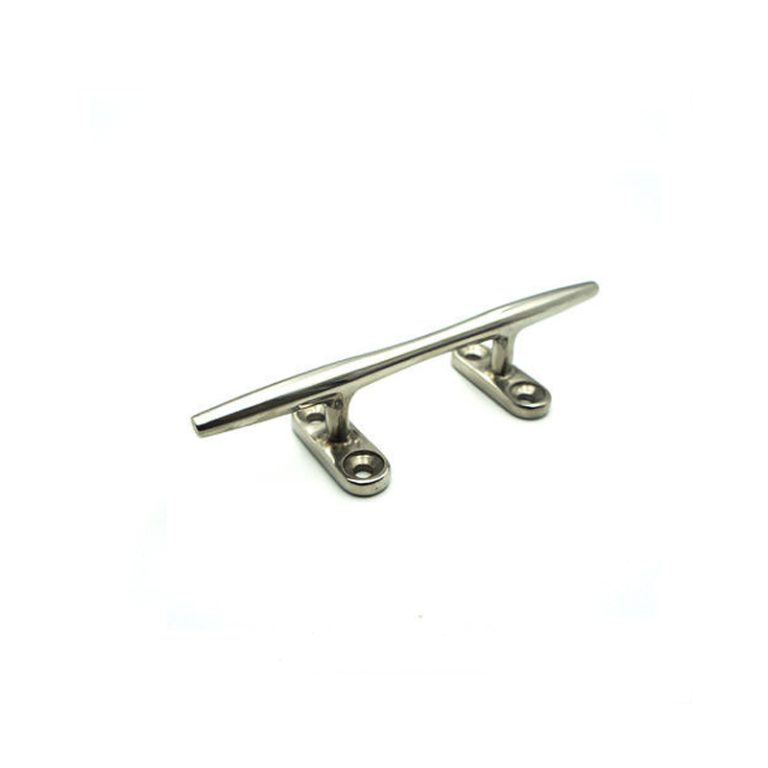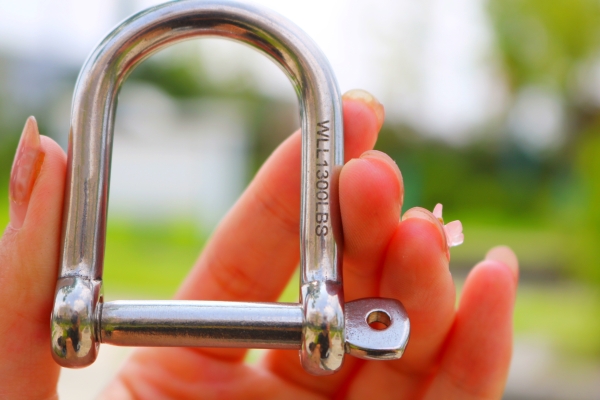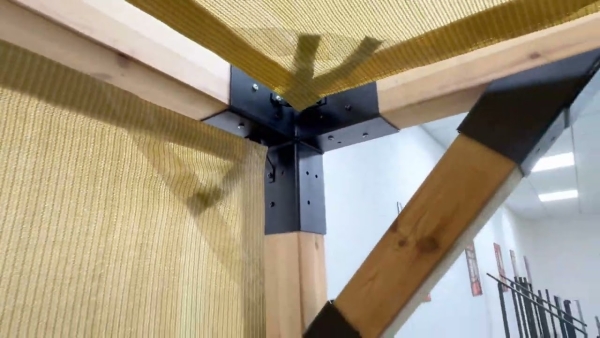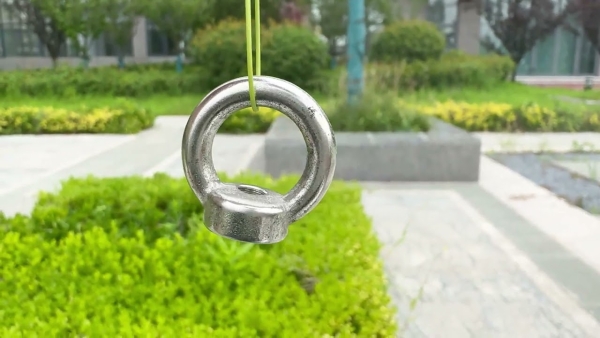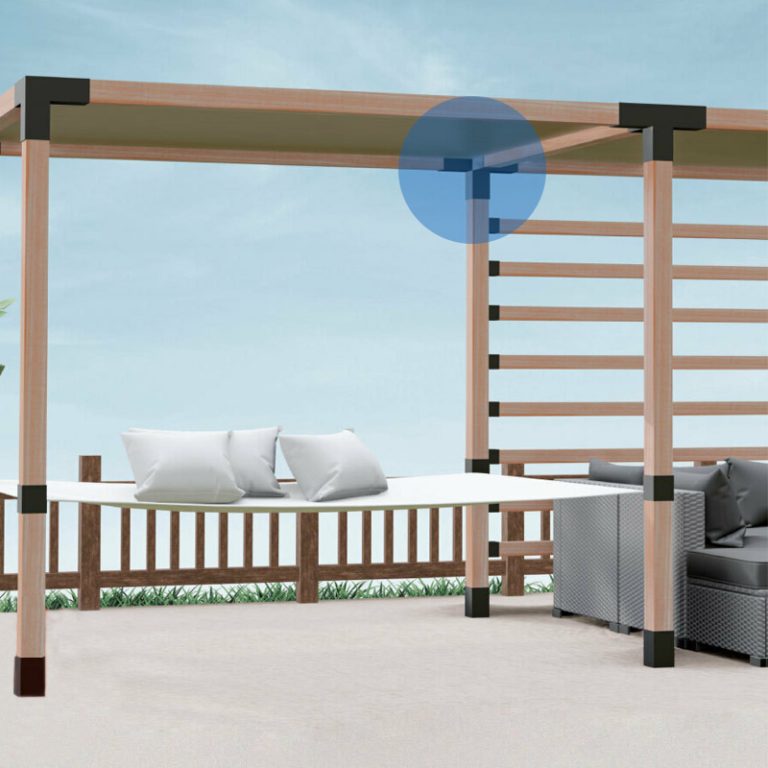Table of Contents
Avantages d’une pergola attenante pour votre espace extérieur
Différents types de bois à considérer pour votre pergola
Lorsqu’il s’agit de construire une pergola, l’une des décisions les plus importantes que vous devrez prendre est le type de bois que vous utiliserez. Le bois que vous choisissez affectera non seulement l’apparence générale de votre pergola, mais également sa durabilité et sa longévité. Il existe plusieurs types de bois couramment utilisés pour les pergolas, chacun ayant ses propres caractéristiques et avantages.
L’un des choix les plus populaires pour le bois de pergola est le cèdre. Le cèdre est un bois durable qui résiste naturellement à la pourriture et à la pourriture. Il présente également une belle couleur naturelle et un motif de grain qui peuvent ajouter une touche d’élégance à votre espace extérieur. Le cèdre est relativement léger, ce qui le rend facile à travailler, et il est également résistant à la déformation et au fendillement, ce qui en fait un excellent choix pour les structures extérieures comme les pergolas.
Un autre choix populaire pour le bois de pergola est le séquoia. Le séquoia est un bois solide et durable qui est également naturellement résistant à la pourriture et à la pourriture. Il a une riche couleur brun rougeâtre qui peut ajouter de la chaleur et du caractère à votre pergola. Le séquoia est également facile à travailler et peut être teint ou peint pour correspondre à votre décor extérieur existant. Cependant, le séquoia est plus cher que le cèdre, ce n’est donc peut-être pas le meilleur choix pour ceux qui ont un budget serré.
Si vous recherchez une option plus abordable, le pin traité sous pression est un choix populaire pour le bois de pergola. Le pin traité sous pression est un bois résineux qui a été traité avec des produits chimiques pour le rendre plus résistant à la pourriture et à la pourriture. Bien que le pin traité sous pression ne soit pas aussi durable que le cèdre ou le séquoia, il s’agit d’une option rentable qui peut néanmoins fournir une pergola belle et fonctionnelle. Gardez à l’esprit que le pin traité sous pression peut être sujet à la déformation et au fendillement, il peut donc nécessiter plus d’entretien au fil du temps.
Pour ceux qui recherchent une option plus exotique et unique, le teck est un choix populaire pour le bois de pergola. Le teck est un bois dur tropical connu pour sa durabilité et sa résistance à la pourriture et à la pourriture. Sa couleur riche et dorée peut ajouter une touche de luxe à votre espace extérieur. Le teck est également naturellement résistant aux parasites et aux insectes, ce qui en fait une option nécessitant peu d’entretien pour votre pergola. Cependant, le teck est l’un des types de bois les plus chers disponibles, ce n’est donc peut-être pas le meilleur choix pour ceux qui ont un budget serré.
En conclusion, il existe plusieurs types de bois différents à considérer pour votre pergola, chacun avec ses propres caractéristiques. propres caractéristiques et avantages uniques. Le cèdre, le séquoia, le pin traité sous pression et le teck sont tous des choix populaires qui peuvent constituer une pergola belle et fonctionnelle pour votre espace extérieur. Tenez compte de votre budget, de vos besoins d’entretien et de vos préférences esthétiques lorsque vous choisissez le bon bois pour votre pergola. Avec le bon choix de bois, vous pouvez créer une pergola époustouflante et durable qui améliorera votre espace de vie extérieur pour les années à venir.
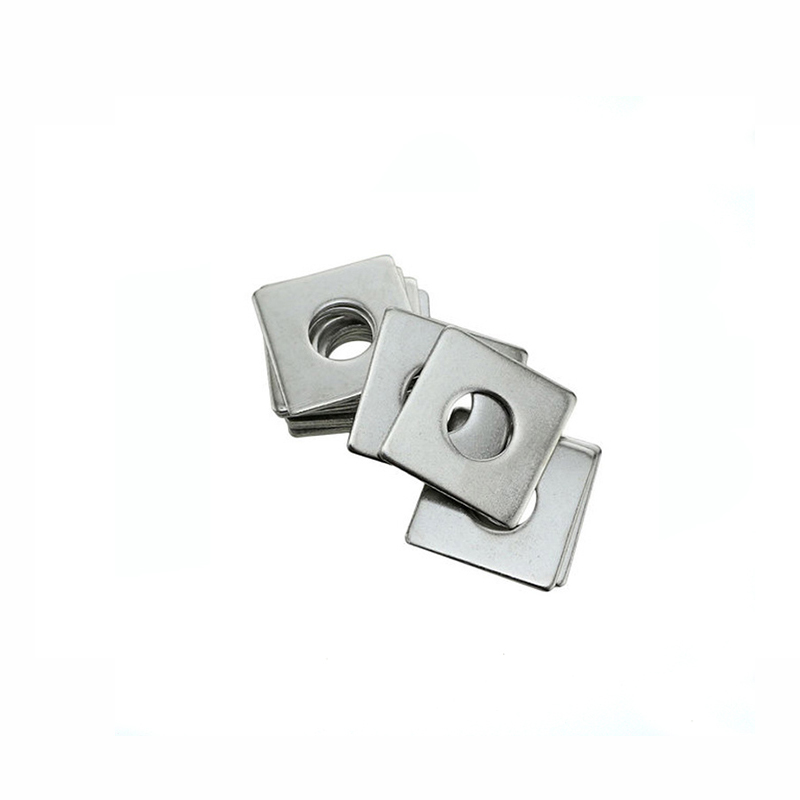
Another advantage of an attached pergola is the potential to build one without the need for council approval. In many cases, attached pergolas are considered minor structures that do not require a building permit or council approval. However, it is important to check with your local council or building department to ensure that you comply with any regulations or restrictions that may apply to the construction of a pergola on your property. By building an attached pergola without the need for council approval, you can save time and money on the construction process and enjoy the benefits of a beautiful and functional outdoor structure.
In conclusion, an attached pergola is a versatile and customizable outdoor structure that can enhance the aesthetics and functionality of your outdoor space. By using different types of timber for construction, you can create a pergola that is durable, beautiful, and resistant to rot and decay. Additionally, the potential to build a pergola without the need for council approval can save time and money on the construction process. Whether you are looking to create a shaded area for outdoor dining, a sheltered space for relaxing, or a designated area for outdoor activities, an attached pergola is a practical and stylish addition to any outdoor space.
Different Types of Timber to Consider for Your Pergola
When it comes to building a pergola, one of the most important decisions you will need to make is the type of timber you will use. The timber you choose will not only affect the overall look and feel of your pergola but also its durability and longevity. There are several different types of timber that are commonly used for pergolas, each with its own unique characteristics and benefits.
One of the most popular choices for pergola timber is cedar. Cedar is a durable and long-lasting wood that is naturally resistant to rot and decay. It also has a beautiful natural color and grain pattern that can add a touch of elegance to your outdoor space. Cedar is relatively lightweight, making it easy to work with, and it is also resistant to warping and splitting, making it a great choice for outdoor structures like pergolas.
Another popular choice for pergola timber is redwood. Redwood is a strong and durable wood that is also naturally resistant to rot and decay. It has a rich, reddish-brown color that can add warmth and character to your pergola. Redwood is also easy to work with and can be stained or painted to match your existing outdoor decor. However, redwood is more expensive than cedar, so it may not be the best choice for those on a tight budget.
If you are looking for a more affordable option, pressure-treated pine is a popular choice for pergola timber. Pressure-treated pine is a softwood that has been treated with chemicals to make it more resistant to rot and decay. While pressure-treated pine is not as durable or long-lasting as cedar or redwood, it is a cost-effective option that can still provide a beautiful and functional pergola. Keep in mind that pressure-treated pine can be prone to warping and splitting, so it may require more maintenance over time.
For those looking for a more exotic and unique option, teak is a popular choice for pergola timber. Teak is a tropical hardwood that is known for its durability and resistance to rot and decay. It has a rich, golden color that can add a touch of luxury to your outdoor space. Teak is also naturally resistant to pests and insects, making it a low-maintenance option for your pergola. However, teak is one of the most expensive types of timber available, so it may not be the best choice for those on a tight budget.
In conclusion, there are several different types of timber to consider for your pergola, each with its own unique characteristics and benefits. Cedar, redwood, pressure-treated pine, and teak are all popular choices that can provide a beautiful and functional pergola for your outdoor space. Consider your budget, maintenance requirements, and aesthetic preferences when choosing the right timber for your pergola. With the right timber choice, you can create a stunning and durable pergola that will enhance your outdoor living space for years to come.

